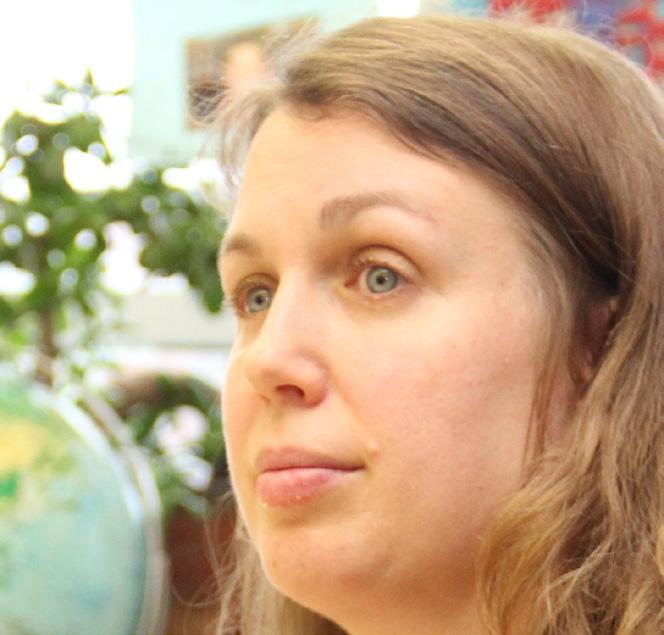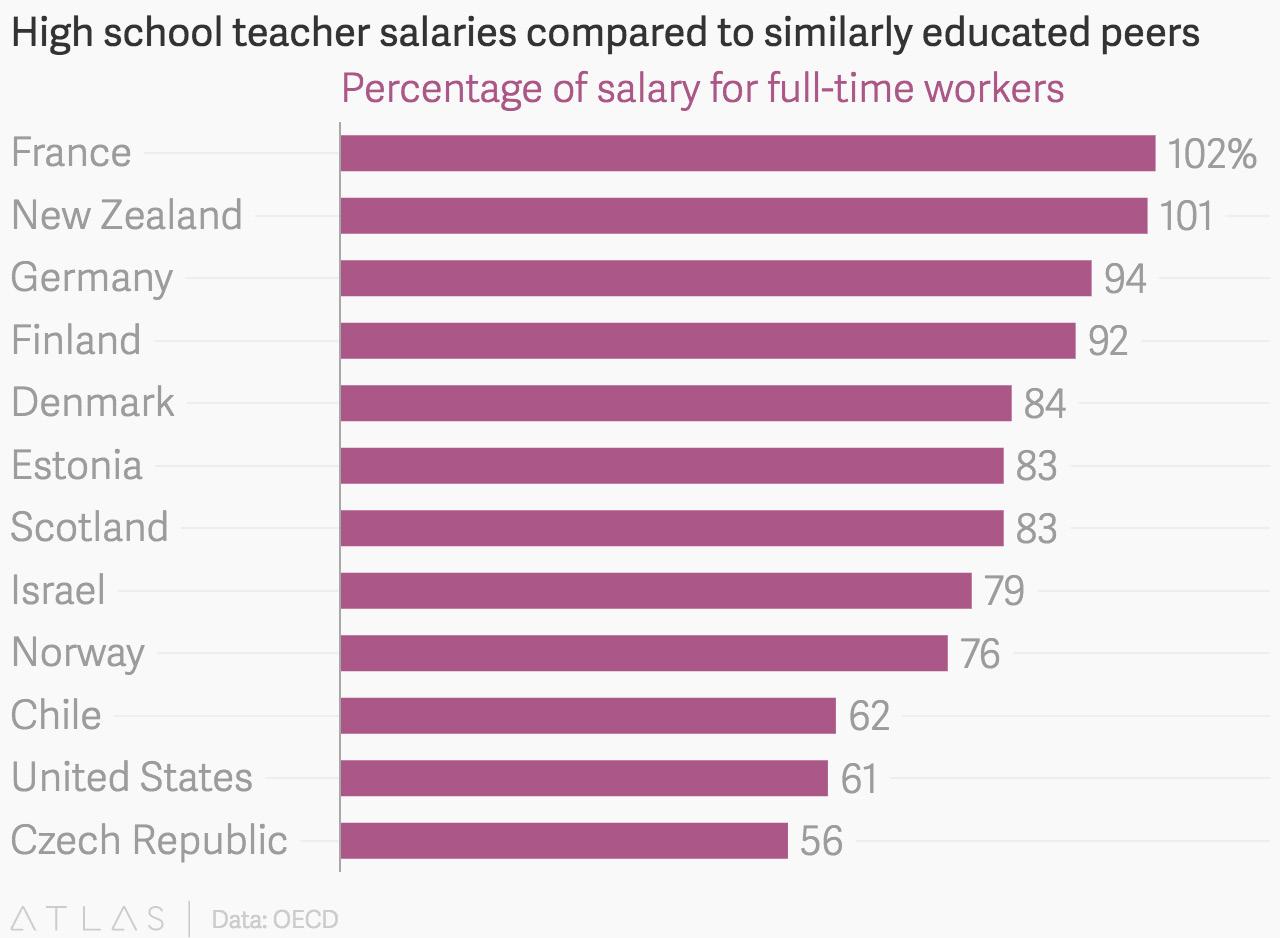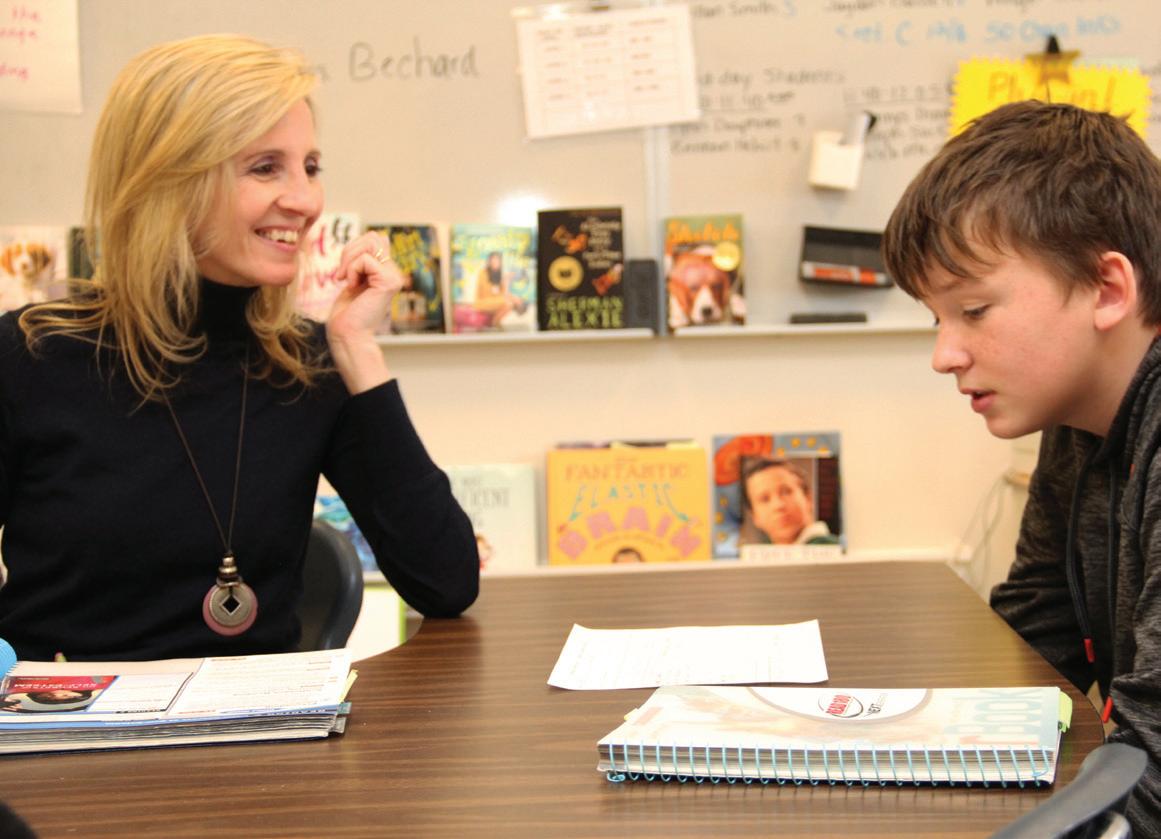News You Can Use
When Lava & Poetry Collide
Creative Writing in Science: Activities That Inspire Inside the book:
H
ot lava with expressive language don’t appear to have a natural connection in teaching, that is until you visit 6th grade Katie Coppens classroom. Coppens is a Science and Language Arts teacher. In Coppens science classroom, students are continually incorporating a language lesson into their work with the ongoing goal of getting more writing into science. “This is a great way to get more time in for literacy. The more we can integrate, in general, the better it is for student understanding. There has been a lot of focus on STEM but this initiative to shift to STEAM, and express how the arts are valuable to show their knowledge is as important,” said Coppens. The idea of mixing the two subjects, and how to teach with that theory in mind is the focus of Coppens new book Creative Writing in Science; Activities that Inspire, printed by the National Science Teachers Association. The classroom resource book, complete with lesson plans and rubrics for each assignment, features K-12 activities that integrate writing with content in life science, Earth and space sciences, and engineering and physical sciences. “The book is about creativity and inspiring students to find their voice through writing and to give them another way to show their scientific understanding,” said Coppens. Every assignment in the book meets Next Generation 12
Maine Educator • February 2017
Science and Common Core Standards and comes with strategies for teaching a creative writing style, whether it’s showing knowledge through a student produced rap or through prose. On this day, students presented their knowledge of rock formation in very different ways. One student team created a cooking show called “Chemistry Kitchen” and cooked rocks to show how to make sandstone, while another presented a “news” report interviewing a rock and still another wrote a creative narrative through the voice of the rock. Each example, while very different, showed the students’ knowledge of the rock cycle. For Coppens, that’s what makes the science come to life, and helps her students increase their literacy skills. For the students, the methods are clearly working to better engage them in their learning. “The rock cycle sticks in your mind when you do something more creative,” said student Hailey. Another student, Mike said: “I did a rap and I got to use a lot of the vocabulary.” Those are the goals for Coppens in her day-to-day life, to inspire a love for learning while expressing that love through language. It’s what sparked the creation of her teaching manual, which she hopes can help other educators incorporate more language into whatever subject they teach. “Learning should be exciting—fun is important,” added Coppens.
15 science activities strategies for teaching a creative writing style (assignments work as in-class activities, homework, or final assessments for a unit) Reproducible handouts Graphic organizers Writing models Scoring rubrics
Sample Lesson Ideas Travel Blog About the Digestive System Packing List for the Planets Group Poem: Earth’s History
Online Extras Student Model Examples • • • •
Poems about Earth’s history “The Rock Story” What if the KT asteroid had never hit? The Dinosaur Daily
To learn more about the book, see sample chapters and purchase it, head to the Maine Educator Online.










